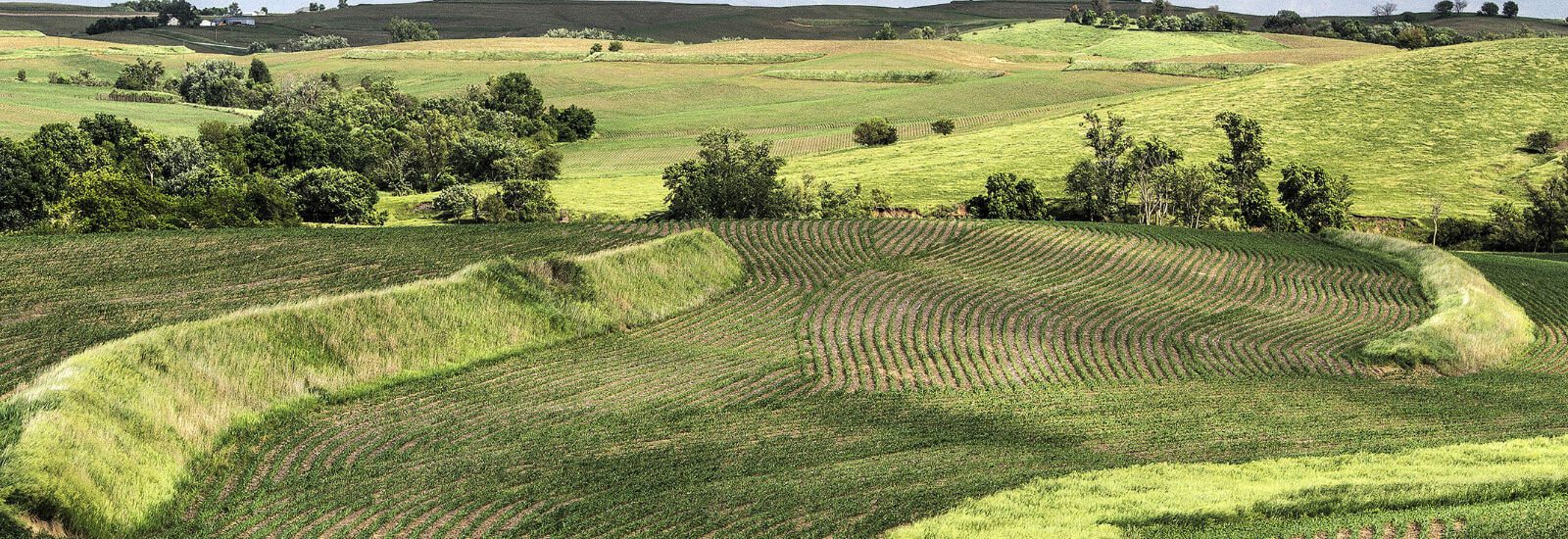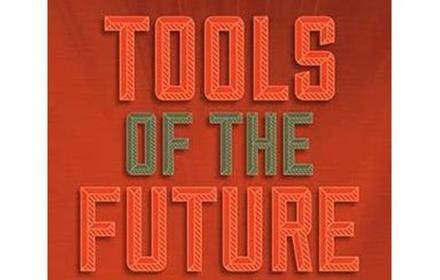It is abundantly clear that we need to utilize all aspects of Precision Conservation. However, the following are my top five conservation priorities we need to do to make a significant change in how we deliver soil and water conservation.5. Reduce the time, cost, and hassle for farmers implementing structural conservation practicesMachine control technology will fundamentally change how conservation structures are designed, staked, and constructed. The software is already available to utilize LiDAR data and develop a grassed waterway design …
Tools of the Future
I have had the pleasure of being a part of Successful Farming’s Tools of the Future event this past week. The event featured the newest ag tools that can make farming more profitable. The technology ranged from automated soil sampling to drones. The first day’s program was in Des Moines, IA. From there the show traveled to Bloomington, IL and West Lafayette, IN. Each event included demonstrations and hands-on exhibitions. Below are my top tech picks from the tour. Google Glass A new wearable computer that, once in the hands of farmers, …
Exciting possibilities ahead using 3D Machine Control – Part 2
I asked the question in my last post, “What good is Precision Conservation if it doesn’t help us apply conservation better and faster?” One of the major limiting factors in getting more structural practices on the land is the short construction season. What conservation field office staffer or contractor wouldn’t love to get twice as many structures built in the same amount of time? I do believe that fully automated 3D machine control will be one of the game changers that conservationists have been looking for; that is, if private businesses …
Exciting possibilities ahead using 3D Machine Control
What good is Precision Conservation if it doesn’t help us apply conservation better and faster? We should expect that a part of Precision Conservation should simplify and automate the routine and the mundane, so the professional conservationists can engage in meaningful conservation planning. My new favorite Precision Conservation topic is fully automated 3D machine control. This will be one of the game changers we have been looking for, if private businesses and government entities can work together. Recently, I worked with Ryan Murguia of …
RTK vs. LiDAR – or – RTK & LiDAR
One of the most important data layers in Precision Conservation is the elevation layer, or topographic layer. But, there is one big question that needs to be answered. What is the best data source for Precision Conservation; LiDAR or RTK? The world of elevation data is changing so quickly it is hard to keep up. But even with all of the options the two most common types of elevation data, for conservation planning, are airborne LiDAR and RTK. Given that, which should we choose?On one hand, we have airborne LiDAR data that is collected on a …
So what is this thing they call Precision Conservation?
"Make everything as simple as possible, but not simpler." - Albert EinsteinIn 2003, Berry et al. defined precision conservation as "a set of spatial technologies and procedures linked to mapped variables, which is used to implement conservation management practices that take into account spatial and temporal variability across natural and agricultural systems.” After reading this I thought to myself, wow, precision agriculture seems pretty complicated.Not that I disagree with Berry’s definition, but I think a more useful definition for …




